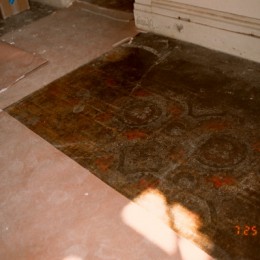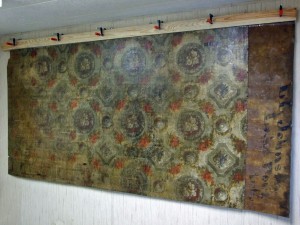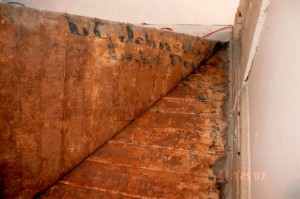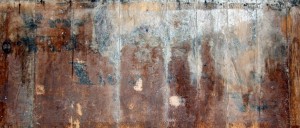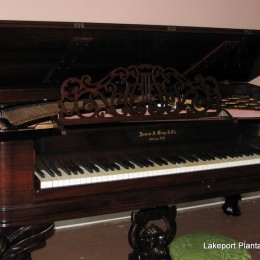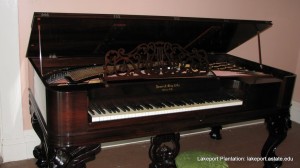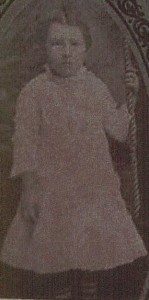Lakeport Plantation Receives Donation of Original Furniture
For immediate release:
2/17/2011
The Lakeport Plantation, on February 17, 2011, received a donation of two pieces of Lakeport’s original furniture and a Johnson family doll. The artifacts, an antebellum washstand, a carved chair, and a family doll that survived the 1927 flood in Greenville, Mississippi, are the gift of Glenn Smith of San Rafael, California in memory of his wife Verlinda Catherine Rose (Linnie). Lakeport Planation Assistant Director, Blake Wintory, stated “We appreciate the Smith and Rose families for giving these important historical pieces back to Lakeport. These pieces have not been in the house for over 80 years; they are essential elements for telling the story of the plantation.”

